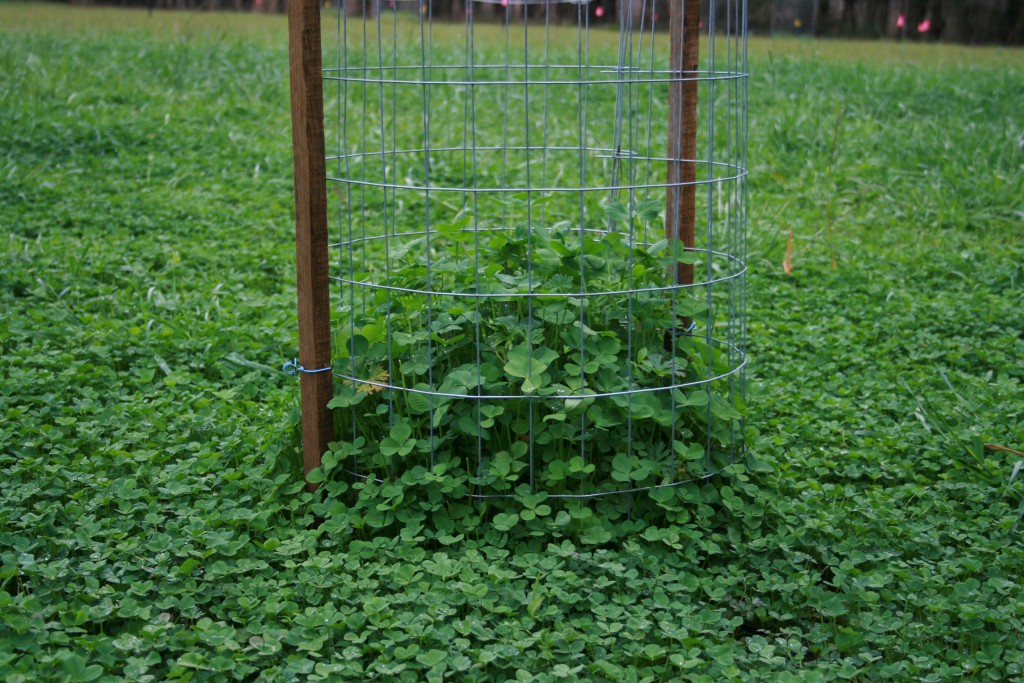Many of us enhance our home landscaping with bird feeders, bird houses, bird baths and other items so that we can attract wildlife. To accomplish the same thing, many rural landowners plant wildlife food plots. While large landowners often plant several acres, food plots can work well in any sunny area and can be as small as an urban garden.
Food plot plants that do well in our area include clovers, millet, partridge pea, winter wheat, corn, sunflowers and legumes. Deer also like beggerweed and cowpeas.
If you decide to establish a wildlife food plot, you should manage it just like any other garden. The location should be sunny (a minimum of 50% sunshine is recommended) and plots often look better and wildlife will feel safer if you have a backdrop like a forest edge or tall hedgerow.
Just like any other garden, turn the soil with a garden plow or shovel and than smooth the seedbed. Seeding can be done by hand or with a handheld broadcast spreader.
Seeds should be covered lightly (1/4 to 1/2 inch in most cases) and watered as needed. In normal years watering won’t be needed, but if you get an extended dry spell you may want to give the plants additional water. Fertilizer is also recommended and will definitely give you more productivity. I have escaped that myself by growing clover in the winter for nitrogen and adding fireplace ashes to provide calcium (liming agent), potassium and phosphorus. If there is any doubt about what to apply, it is best to get a soil test and follow the recommendations for applying lime and fertilizer. Contact your local County Extension Office for more information.
I generally plant two crops in my wildlife garden–crimson clover in October (that beautiful clover you see in spring along the highways) and brown top millet in the spring after the clover dies back. I mow between seedings; this can work without tilling with some crops, if you keep the weeds under control. When I mow the millet it puts the seed on the ground and many ground feeding birds like doves move in to eat the seeds.
Speaking of gardens, the wildlife food plot makes a useful cover crop for your vegetable garden if you are taking a long vacation or just need a break for any other reason. You can also use the plants as green manure when you decide to put vegetables back in your garden.
It is always good to remember that when wildlife view your landscape, they don’t see pretty grass, flowers, shrubs and trees–they see habitat, good or bad. Food plots simply boil down to food and shelter for them.
To learn more about food for wildlife, consult this article on establishing and maintaining wildlife food sources.
Stan Rosenthal
Extension Agent
Leon County Extension Office
RosenthalS@leoncountyfl.gov
- Green Anoles - July 11, 2025
- The Praying Mantis - June 20, 2025
- Bluebirds in Florida - May 8, 2025

